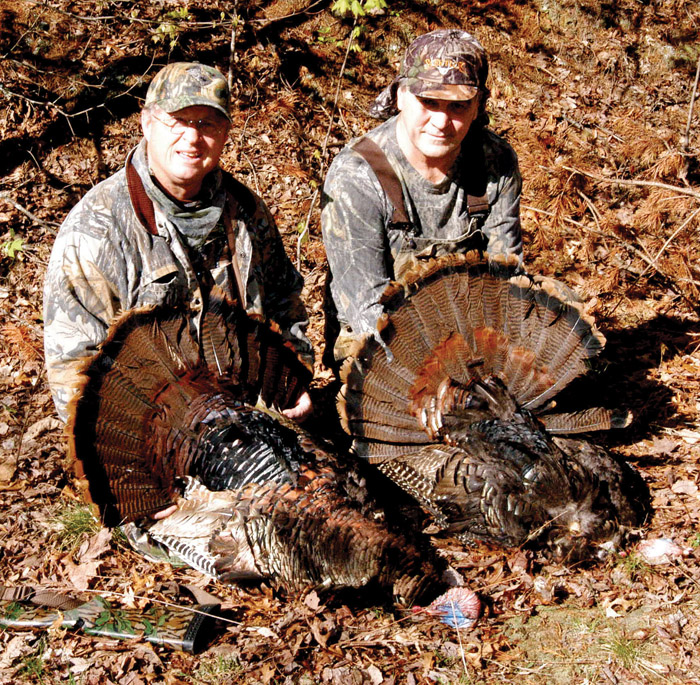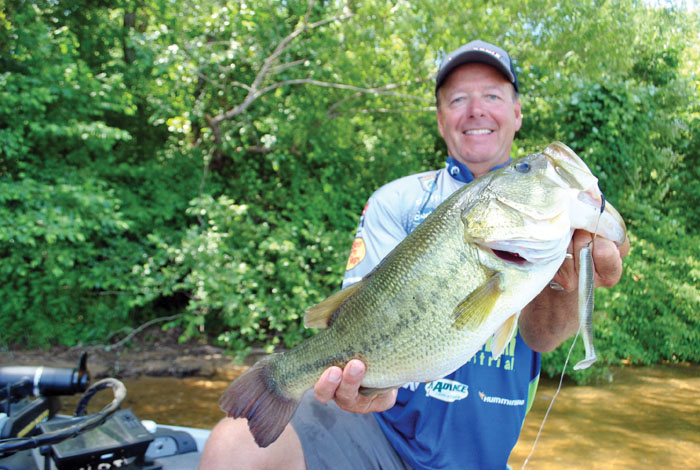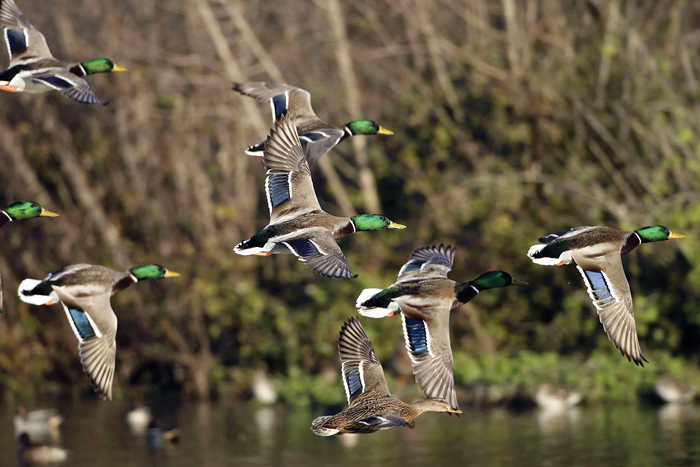Why does a female antelope have horns?
Published 12:00 am Friday, July 1, 2011
Who would turn down an opportunity to read a journal called Gnusletter, a publication of the Antelope Specialist Group of the International Union for Conservation of Nature?
Gnu is the African name for wildebeest, from the rather unimaginative Dutch name meaning ěwild beast.î Gnus are one of the 140 species in the true antelope family, the Bovidae.
Antelopes are distinguished from other hoofed animals such as deer, pigs, and horses by having unbranched horns. Ironically, the American bison, aka buffalo, is in the family of ětrue antelopesî whereas the pronghorn antelope of the American Southwest is not.
Familiar members of the antelope family are sheep, goats, and cattle. Most people have also heard of African gazelles and impalas, as well as muskoxen of Arctic tundra regions.
The size range within the family is impressive. Cattle known as gaur, of Southeast Asia, are the largest, reaching a shoulder height of nearly 7 feet and weighing more than a ton.
The tiniest are African royal antelopes, which are about the size of a 6-pound house cat.
According to the ASG, Gnusletter ěis intended as a medium of communication on issues that concern the management and conservation of antelopes both in the wild and in captivity.î
Since the Gnusletterís inception in 1982, 65 issues have been published, with a primary focus on threatened and endangered antelope species of Africa and Asia.
In addition to reports on the status of different species, the publication allows ASG members and others ěto communicate their experiences, ideas, and perceptions freely, so that the conservation of antelopes can benefit.î
A recent issue of Gnusletter reported on the status of various species, such as the decline of sable antelopes in their natural range in Kenya and the increase in population size of the Tibetan antelope in China.
The most intriguing article was written by Richard D. Estes, an expert on African mammals and the founder of Gnusletter. The article is a well-written rebuttal to a published hypothesis that the horns on females evolved as weapons against predators, which at first glance seems like a reasonable assumption.
Estesí account covers wide-ranging behavioral literature about animals with horns and considers extensive biological and evolutionary nuances.
But his basic premise is that when females of species in the antelope family have horns, they did not evolve for purposes of defense for themselves or their offspring.
Most antelopes use their speed to escape predators rather than staying to fight them.
Even males of most horned species of antelope and deer use their horns for male-male combat rather than predator defense.
Estes maintains that when both sexes have horns, it reduces ěmale despotic competition toward developing males.î The behavioral concepts involved are complex, but the essence is that adult males tend to attack young males and drive them away.
But dominant males are less likely to be provoked into attacking a young male if it looks and acts similar to young females, including both having horns.
If juvenile males are not driven away, they can stay for a longer period with their mothers and have the benefits of herd protection. Once young males leave a herd, their horns continue growing and they assume distinctively male behavior patterns; the same is not true of females.
Estes explained how his hypothesis could be tested in the wild by studies among species to determine when young males leave female herds and what the survival rate is of offspring of horned and hornless females.
His rationale for not conducting the field studies himself was sensible ó ěboth on account of my advanced age (83) and on the labor of writing a book on the behavioral ecology of the Serengeti wildebeest population.î
He invites ěany antelope specialist or other biologistî who wants to pursue such a study to contact him via email.
I am looking forward to reading a book on the Serengeti wildebeest, aka gnu, for which Richard Estes has provided insights and suggestions.
He clearly knows more about antelopes than anyone else in the world.
Send environmental questions to ecoviews@gmail.com.
Whit Gibbons is an ecologist and environmental educator with the University of Georgiaís Savannah River Ecology Laboratory.




